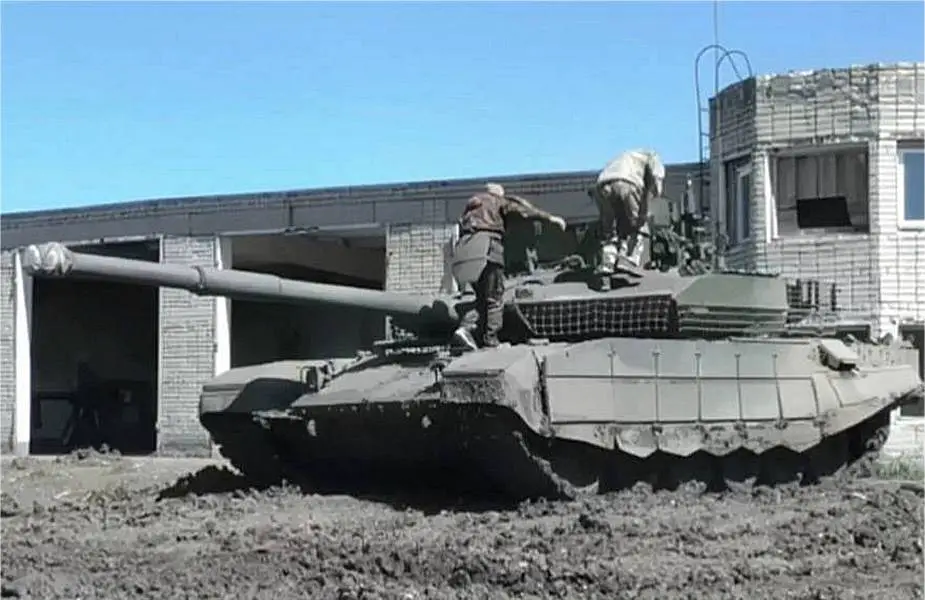Russia increases Wagner Group gears up with T-90M tanks for potential Ukrainian counteroffensive
In an escalating development in the ongoing conflict in Ukraine, newly released images on Russian social networks indicate an intensification of Russia's support for the Wagner Group. This private military contractor, linked to the Russian government, is reportedly preparing for a potential counteroffensive by the Ukrainian armed forces. The images depict Wagner personnel training with the T-90M, Russia's latest Main Battle Tank, at the Molkino military facility.
Follow Army Recognition on Google News at this link

Members of the Wagner Group conduct field training with Russian-made T-90M Main Battle Tanks. (Picture source Russian Social Network VK)
Despite these revelations, the Russian government has not officially recognized the Wagner Group, making the verification of its activities challenging. However, there is substantial evidence to suggest that operatives of the group have actively assisted separatist forces in Eastern Ukraine since the onset of the conflict in 2014, a claim Russia consistently denies.
In light of the ongoing counteroffensive carried out by Ukraine, Russia is seemingly augmenting the Wagner Group's warfare capabilities with the introduction of more advanced Main Battle Tanks (MBTs). The latest addition to the group's armory is the T-90M, the newest generation of Russia's main battle tank, purposefully designed to match the prowess of European tanks donated by NATO countries and the United States.
The T-90M represents a significant leap in modern warfare technology. The tank's main weapon, a 125mm 2A82-1M smoothbore gun, can fire an array of rounds from armor-piercing sabot to high-explosive anti-tank rounds, even guided missiles. This advanced weaponry, coupled with the tank's comprehensive sighting system, ensures optimal target acquisition in diverse environmental conditions.
Additionally, the T-90M is furnished with superior defense mechanisms. The tank's composite and reactive armor, coupled with an active protection system that can intercept incoming projectiles, effectively boosts its survivability in combat. These features, combined with the tank's potent offensive power, mark intensification in the conflict, fueling further uncertainty in an already volatile region.




























